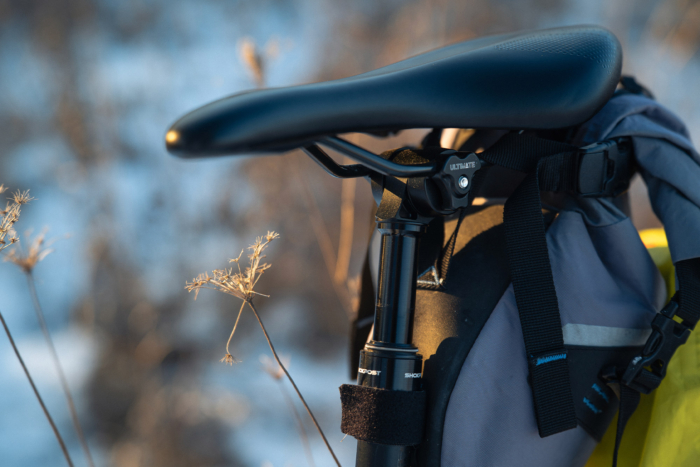The Zipp 404 road wheelset has been an aero standard for 3 decades. Zipp has gone through six iterations, but it made massive changes last summer.
The newest Zipp 404 Firecrest Disc Brake makes improvements outside of aerodynamics, an attribute widely attached to one of the most recognized model names in road wheels. The 404 has enjoyed 3 decades in the spotlight as one of the most well-rounded road wheels ever produced. So, it was a surprise that Zipp made significant changes outside of the aero realm.
I tested the wheels for 6 months on my daily road whip, both on smooth urban roads and rough tarmac in the Hill Country of Texas. Although Zipp applied massive changes to the 404, it reinforced my opinion that they are among the most versatile road wheelsets ever produced.
The Firecrest 404 balances weight, aerodynamics, durability, and price amazingly well. And Zipp’s Total System Efficiency concept drastically reduced transmitted vibration, dramatically improving ride quality.

The Big Changes
The venerable 404 got wider, from 19mm to a 23mm internal width, but still sits at 58mm deep, like all 404s. And Zipp switched from hooked to hookless bead. These seemingly small changes compile to bring a massive one, something Zipp dubs Total System Efficiency (TSE).
The 404 always addressed wind resistance and gravity, but the 404 Firecrest also minimizes rolling resistance and vibrational losses with these updates. The wider internal width and hookless bead play well with the current crop of wider, higher volume tires and their prescribed lower air pressures.
How low? To a guy like me, who raced on tires inflated to as high as 145 psi, the recommended pressures for my 175-pound riding weight and 25c tires are astoundingly low: 70.8 psi in the rear, 66.6 psi in the front.
At first, I didn’t trust those low pressures, thinking I would hit a pothole and blow out a sidewall or damage a rim. Zipp insiders assured me that these pressures were safe and that I would immediately feel the effects of TSE.
Zipp retained its signature dimpling on the sidewalls of the rims for claimed aerodynamic gains, and the brand also states that the hookless bead cleans up the transition between the tire and rim for aero efficiency. Zipp also claims hookless beads require less resin for the same strength, improving the strength to weight ratio of the wheel.
The German-engineered ZR1 DB hubs are center lock and have 12mm thru-axle end caps. The front weighed a verified 690 g with valves and rim tape, and the rear tipped the scale at 800 g with an XDR freehub body. This represents a claimed reduction of 350 g for the set, which is significant at this wheel level.

The Zipp 404 Firecrest and TSE at Speed

Are They Still Aero?
But Wait, There’s More!










